
In the article
What Do Bed Bugs Look Like?
Adult bed bugs are small, flat, oval-shaped, dark brown insects with 6 legs and two antennae that feed at night. When their eggs hatch, they are translucent, but they turn dark brown after they feed for the first time. See bed bug pictures below.
Before they feed, they are flat, but afterwards, they become tubular and redder as they fill with blood. They don’t have wings, so bed bugs can’t fly or jump. They can only crawl and sometimes drop from high places.
Bed Bug Pictures Gallery
Our gallery has bed bug pictures from many angles to help you identify them. There are views from the top, underneath, side, while feeding, eggs, squashed, the bed bug life cycle and more.
Click on the image to enlarge.
Common Bugs That Resemble Bed Bugs
There are several bugs that look like bed bugs, including
- book lice – similar to bed bug nymphs, these bugs feed on fungi and mould
- carpet beetles – small and brown but with discernible wings
- bat bugs – very similar in appearance to bed bugs, but they tend to have longer hair and feed off the blood of bats
- spider beetles – dark reddish brown/black mini beetles that are often found in pantries
- cockroach nymphs – more cylindrical in shape than a bed bug and are white after hatching, later turning reddish/brown.
Bed Bug Bites Picture Gallery
Click on the image of bed bug bites below to enlarge
Bed Bug Pictures of the Life Cycle
There are five stages of the bed bug life cycle that bed bugs go through after the eggs have hatched and before reaching adulthood:
| Stage | Size (mm) |
|---|---|
| First Stage Nymph | 1.5mm |
| Second Stage Nymph | 2mm |
| Third Stage Nymph | 2.5mm |
| Fourth Stage Nymph | 2.5mm |
| Fifth Stage Nymph | 4.5mm |
| Adult | 5.5mm |
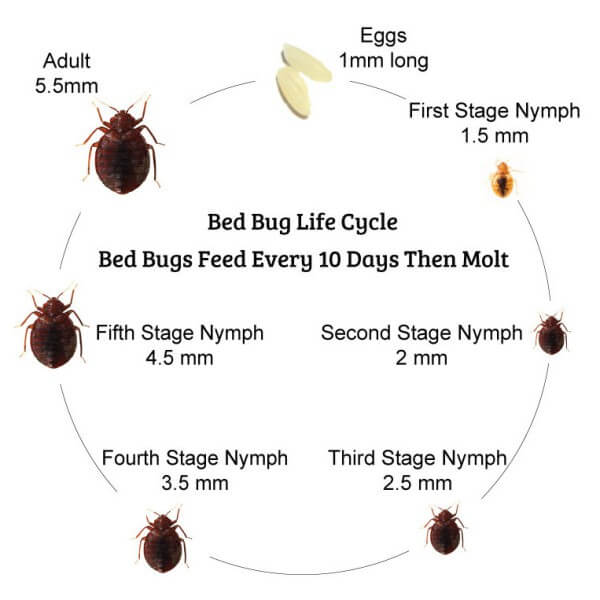
Bed Bug Pictures of Life Cycle
Nymphs generally “moult” to the next life stage after a feed or blood meal. The lifecycle process can be anywhere from 5 weeks to 6 months.
What Do Bed Bugs Look Like on My Bed?
If you think you have bed bugs, here are some pictures to help you identify them: bed bugs of various sizes (life cycle stages), bed bug eggs, castings/shells, blood spots, and faeces/black dots. If you can’t see evidence of bed bugs on your mattress, check the cracks and crevices, as these are the places that bed bugs tend to hide.
Picture Gallery Of Bed Bug Infestations
Click on the image to enlarge.
How To Get Rid Of Bed Bugs
Bed bugs can be a difficult pest to control, but there are steps you can take to get rid of bed bugs instantly and permanently.
Here’s some simple steps to follow:
- Remove bedding and wash and dry on a hot wash.
- Vacuum moulding, bed bases, seals, and carpeting to remove bed bugs harbouring inside.
- Use steam to kill the bed bugs instantly.
- Use Diatomaceous Earth to kill them in the long term. Bed Bug Killer powder is APVMA approved.
If you are looking for an effective way to remove them, then our bed bug products can help to kill the bugs and prevent future infestations.
Are You Looking for an Organic DIY Treatment for Bed Bugs?
Bed Bug Treatment For An Ensemble Bed
Bed Bug Treatment For A Bed with Slats
Frequently Asked Questions:
- How do you identify a bed bug?
Bed bugs are small, reddish-brown insects, about the size of an apple seed. Look for them in mattress seams, bed bases, and bed frames. Signs include rusty or reddish stains, dark spots (excrement), eggshells, and shed skins. Bites often appear in clusters or lines and are very itchy. - What bug can be mistaken for a bed bug?
Bat bugs, carpet beetles, spider beetles, and booklice can be mistaken for bed bugs. Bat bugs are almost identical but have longer fringe hairs. Carpet beetles are smaller and have distinct colour patterns. Spider beetles are shiny dark brown, while booklice are tiny and pale, and found in humid areas. - How to get rid of bed bugs fast?
To get rid of bed bugs fast use a bed bug steamer. Steam kills bed bugs instantly without the need for poisons. Steam the areas on the mattress and bed frame where bed bugs hide and nest.
Sources:
Extension (spider beetles), Njaes Rutgers (bed bug/photos), Prevention (bed bug bites)
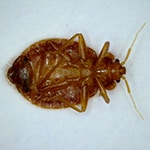
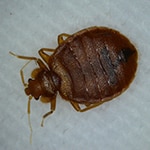
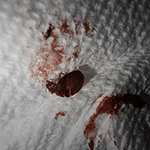
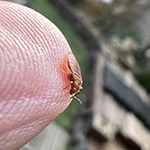
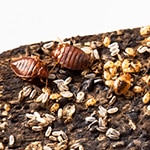
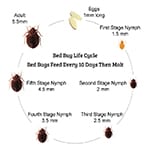
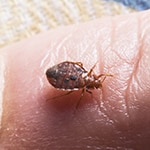
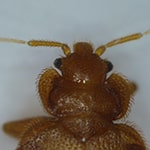
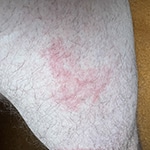
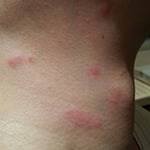
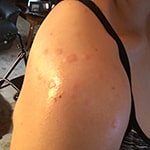
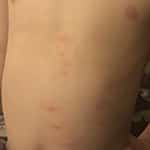
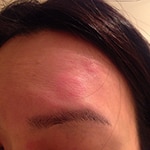
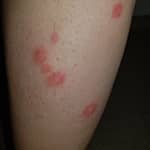
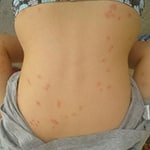
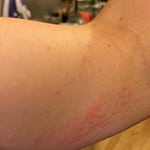
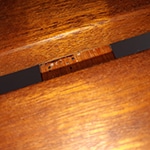
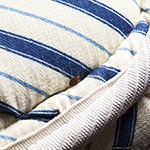
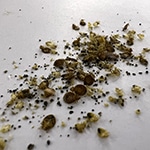
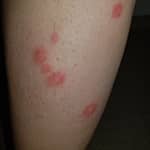
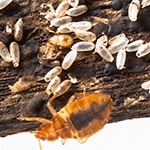



Leave a Reply